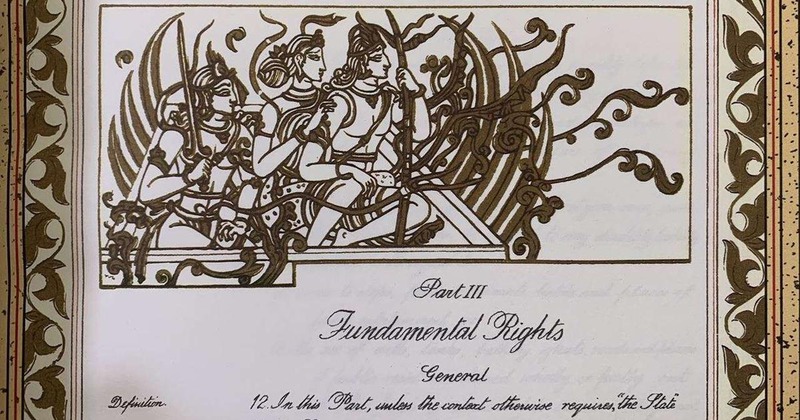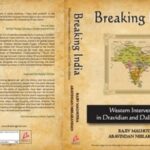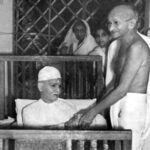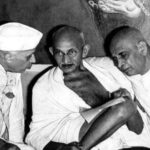In the rich tapestry of India’s history, the Indian Constitution stands tall as a beacon of hope, promise, and progress. Often likened to a treasure trove, the Constitution of India is more than just a legal document; it is a reflection of the aspirations, values, and dreams of a diverse and vibrant nation. Like the mythical “Bhanumati Ka Pitara,” the Indian Constitution holds within its folds an incredible array of principles, rights, and safeguards that form the cornerstone of our democratic society.
The Journey of Creation:
The story of the Indian Constitution’s creation is one of dedication, inclusivity, and tireless effort. Drafted over a period of nearly three years by the Constituent Assembly, led by the visionary Dr. B.R. Ambedkar, the Constitution was adopted on January 26, 1950. This historic day marked the transformation of India into a sovereign, socialist, secular, and democratic republic.
The Contents of the Pitara:
Much like Bhanumati’s magical chest that seemingly held infinite treasures, the Indian Constitution contains a vast array of provisions that have guided the country’s progress and development. Here are a few key elements that make the Constitution a true “Pitara” of wisdom:

- Fundamental Rights: These rights, enshrined in Part III of the Constitution, provide citizens with the fundamental freedoms that are essential for a dignified and just life. They include the right to equality, freedom of speech and expression, and the right to life and personal liberty, among others.
- Directive Principles of State Policy: Part IV of the Constitution lays down the directive principles that guide the state in framing policies to establish a just and equitable society. These principles strive to promote social justice, welfare, and economic development.
- Separation of Powers: The Constitution defines the separation of powers between the three branches of government – the legislature, the executive, and the judiciary – ensuring a system of checks and balances that prevents the concentration of power.
- Federal Structure: The Constitution establishes a unique federal structure, where powers are distributed between the central government and the states, fostering unity while respecting regional diversity.
- Amendment Procedure: The Constitution provides a mechanism for its own amendment, ensuring that it can evolve and adapt to the changing needs of society while maintaining its core values.
- Fundamental Duties: Just as Bhanumati’s pitara contained responsibilities and duties, the Constitution includes fundamental duties that citizens are expected to fulfill, emphasizing the importance of civic responsibilities.
- Emergency Provisions: The Constitution equips the government with emergency powers in times of crisis, ensuring the nation’s stability and security.
The Indian Constitution, much like the mystical “Bhanumati Ka Pitara,” is a repository of treasures that have guided and shaped the nation’s destiny. It encapsulates the spirit of inclusivity, equality, and progress that India strives for. With its democratic ideals, fundamental rights, and visionary principles, the Constitution serves as a constant reminder of the nation’s collective aspirations and commitment to building a just and prosperous society. As we continue on our journey towards a brighter future, let us always recognize and celebrate the incredible value of our Constitution – the timeless “Pitara” that empowers every Indian citizen.
I hope I have given you some useful information on this topic. Thank you for your interest in learning about the Indian independence movement. If you have any further questions, please feel free to leave them below. Thank you for reading! 😊






